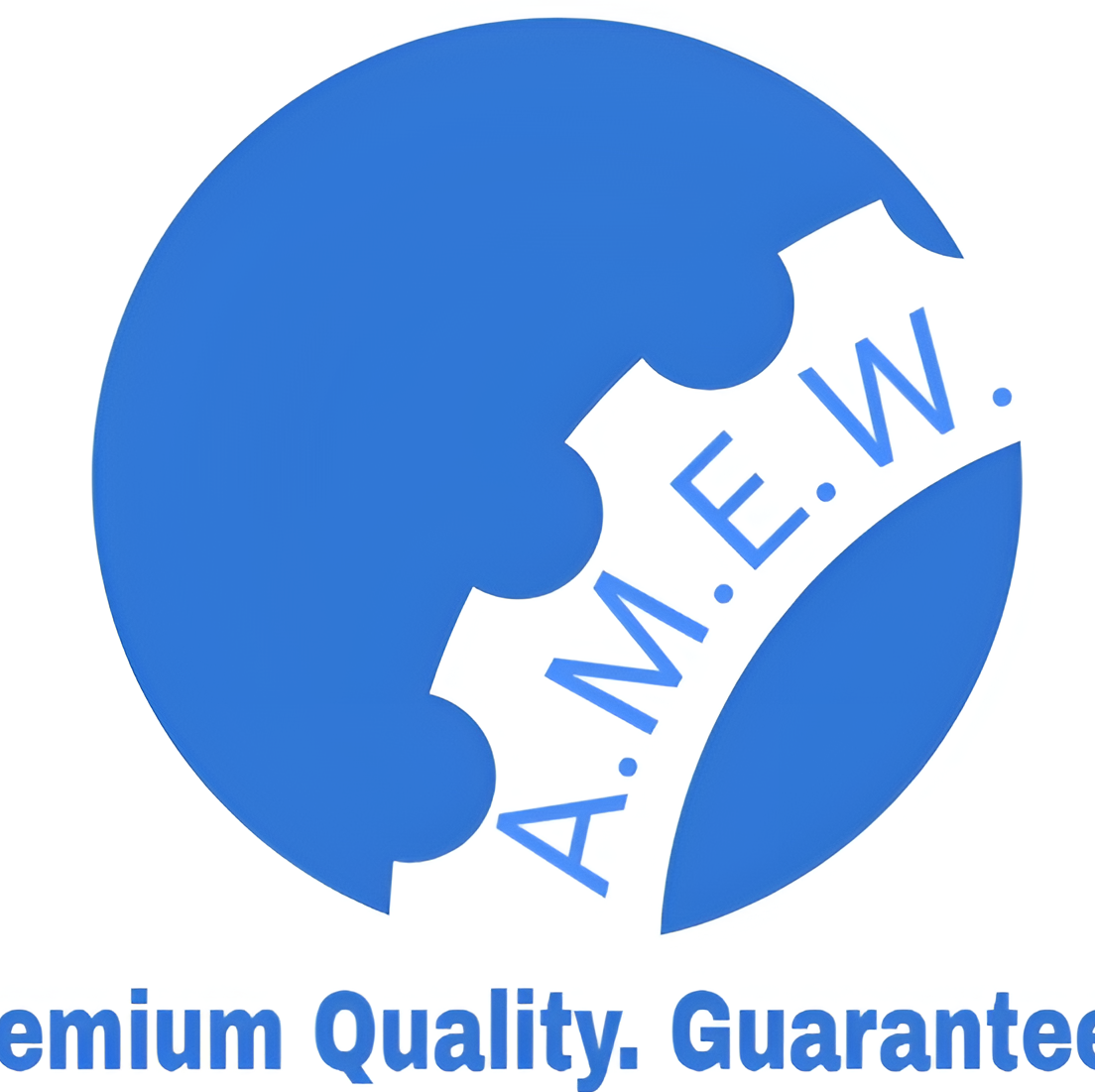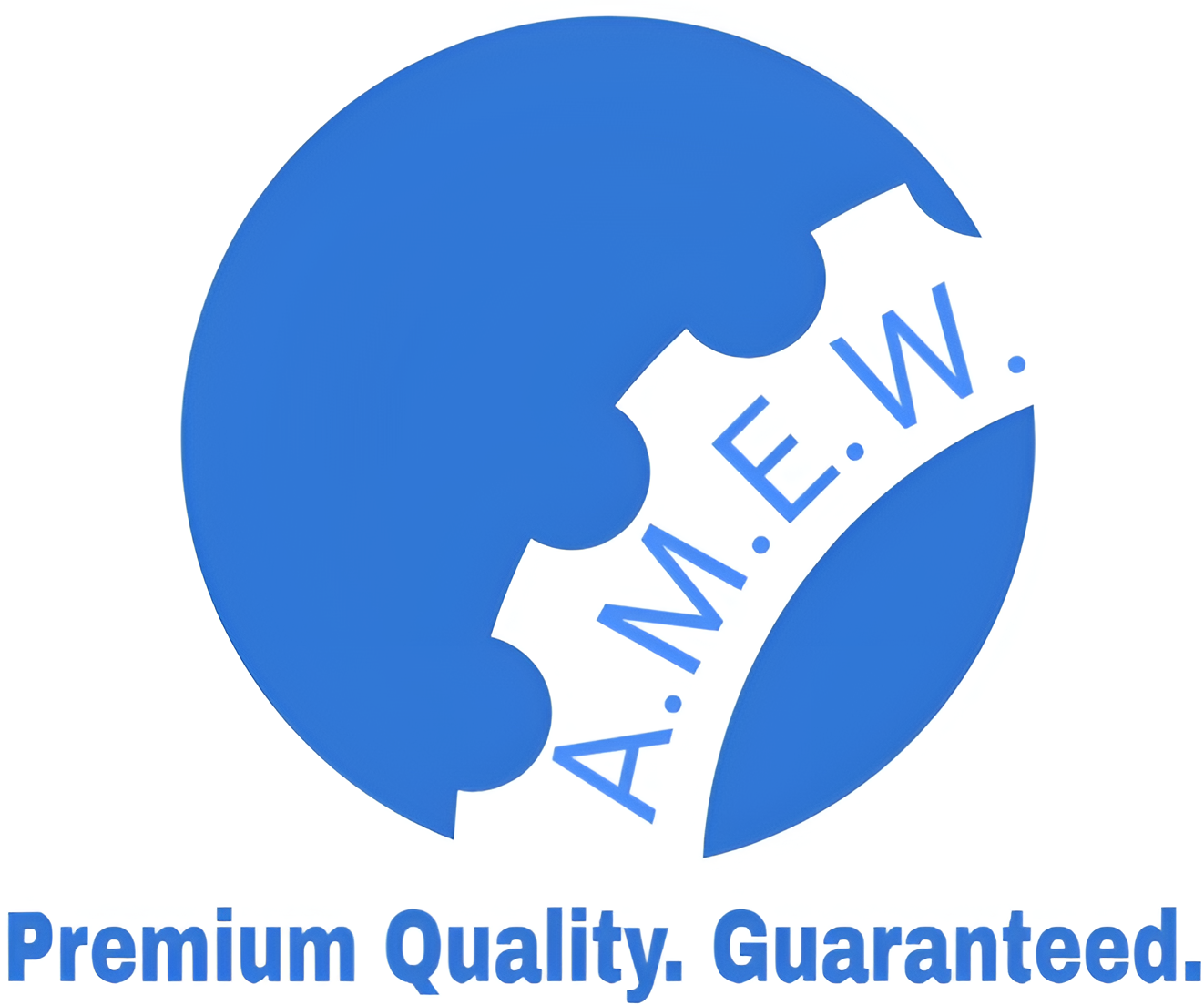The Ultimate Guide to Base Plates for Engineers and Technicians
Base plates are a critical yet often overlooked component in engineering and maintenance projects. From structural stability to load distribution, these flat structural elements play a key role across numerous applications. But how do you choose the right type of base plate? What are the best materials and design considerations? And how do you avoid common installation errors?
This guide covers everything engineers, technicians, and maintenance professionals need to know about base plates, from their types and materials to design tips and troubleshooting advice.
What Are Base Plates?
Definition and Purpose
A base plate is a flat, integral piece used at the base of structures to distribute loads uniformly and ensure stability. Typically mounted between a structural element (like a column or machinery) and its support surface, base plates help minimize stress concentrations and extend the lifespan of structures.
For example, in construction, base plates anchor columns to concrete foundations, mitigating potential overturn or damage caused by uneven weight distribution.
Why Are Base Plates Important?
- Load Distribution: They spread out concentrated loads over a larger surface area to reduce stress on the foundation or support surface.
- Stability: They enhance structural stability by anchoring a component securely to its base.
- Longevity: They prevent deformation or structural failure over time.
- Versatility: Base plates are used across industries, from heavy machinery mounting to bridges, buildings, and even smaller-scale applications such as furniture or equipment anchoring.
Types of Base Plates
Choosing the correct type of base plate is critical to your design’s success. Here’s an overview of the most common types, categorized by load, application, and material.
By Load
- Light-Load Base Plates
Ideal for low-load applications, these plates are thinner and typically used in small-to-medium-sized equipment.
- Heavy-Load Base Plates
Designed for significant loads, these plates are thicker and reinforced, making them perfect for structural columns or heavy machinery.
By Application
- Fixed Base Plates
Fixed plates provide rigid support, commonly seen in permanent structures like buildings and bridges.
- Sliding Base Plates
These allow for minor movements due to thermal expansion or contraction, often used in industrial setups like pipelines.
- Gusseted Base Plates
Strengthened with gussets or reinforcing ribs, these are used where additional stability is required.
By Material
Material selection affects the strength, durability, and cost of a base plate. We’ll explore material options in detail below.
Materials Used for Base Plates
1. Steel
Steel is the most widely used material for base plates due to its strength, availability, and versatility. Commonly used grades include:
- Mild Steel (Grade S275 or S235): Ideal for general-purpose applications requiring moderate strength.
- High-Strength Steel (Grade S355 or higher): Used in demanding applications due to its higher load-handling capacity.
2. Aluminum
Aluminum base plates are lightweight and corrosion-resistant, making them ideal for environments exposed to moisture or chemicals. However, they are best suited for light-duty loads due to their lower strength compared to steel.
3. Stainless Steel
Known for its excellent resistance to corrosion, stainless steel base plates are often used in marine or outdoor environments. Grade 304 or 316 is commonly used depending on exposure to harsh conditions.
4. Composite Materials
For specialized applications, composite base plates provide lightweight alternatives with good strength and fatigue resistance. These are less common but are gaining traction in industries like aerospace.
Design Considerations for Base Plates
1. Load Calculations
Proper load calculations ensure the base plate can handle vertical loads, horizontal forces, and moments without failure. Consider worst-case scenarios, such as dynamic forces or weather conditions.
2. Thickness Selection
The thickness of a base plate depends on the load it supports and the material used. A thicker plate may be necessary for high-load applications, but remember that over-engineering can result in unnecessary weight and cost.
3. Anchor Bolt Placement
Ensuring appropriate anchor bolt placement is critical to the stability and safety of the base plate and overall structure. Misaligned bolts can compromise structural integrity.
4. Corrosion Resistance
For outdoor or corrosive environments, consider materials with anti-corrosion properties, such as stainless steel or galvanized finishes.
5. Finishing Standards
Surface finishes (e.g., polishing, coating, or galvanization) improve longevity and maintain structural performance in varying conditions.
Installation Guide for Base Plates
Installing base plates correctly ensures optimal performance and prevents long-term issues. Here’s a step-by-step guide for seamless installation.
Step 1: Gather the Right Tools
Before you begin, ensure you have the required tools and materials, including leveling instruments, spirit levels, torque wrenches, and anchor bolts.
Step 2: Prepare the Surface
Ensure the foundation or support surface is clean, level, and strong enough for the load. Remove any debris that may compromise stability.
Step 3: Position the Base Plate
Place the base plate in its designated position, aligning it with pre-drilled anchor bolt holes.
Step 4: Leveling
Use leveling instruments to ensure the base plate is installed on a flat, even surface. Minor adjustments can be made with shim plates.
Step 5: Secure with Bolts
Insert anchor bolts into the pre-drilled holes and tighten them according to recommended torque values. Avoid over-tightening, as this can damage the bolts or base plate.
Step 6: Quality Check
Inspect the installation to ensure that everything is securely fastened and aligned correctly before applying any loads.
Common Issues and Solutions
Despite proper design and installation, issues can arise. Here are some common problems and their solutions.
1. Misalignment
Problem: Bolts or base plates are not aligned correctly.
Solution: Loosen mounting bolts and manually realign the base plate. Consider using shim plates for leveling.
2. Corrosion
Problem: Corrosion from moisture or harsh chemicals.
Solution: Select corrosion-resistant materials or apply anti-corrosion coatings like galvanization or epoxy.
3. Cracks in the Foundation
Problem: Over time, stress from improper load distribution or environmental factors can crack the foundation beneath the base plate.
Solution: Reinforce the foundation with concrete repairs or install a better-suited base plate with proper load distribution.
4. Loose Bolts
Problem: Anchor bolts become loose due to vibrations or external forces.
Solution: Use lock nuts or washers to secure bolts in place. Regularly inspect and re-tighten if necessary.
Staying Ahead of the Curve with Base Plates
Base plates are foundational to engineering and maintenance applications. Whether used for structural support, machinery mounting, or industrial systems, the right base plate will ensure long-term performance and reliability.
By understanding the types of base plates, choosing appropriate materials, accounting for design factors, and following proper installation practices, engineers and technicians can significantly optimize their operations.
For those looking to revolutionize their designs, advancements like composite materials and self-healing base plates are worth exploring. By staying informed and adopting future trends, you’ll ensure a sturdy foundation for your projects for years to come.

